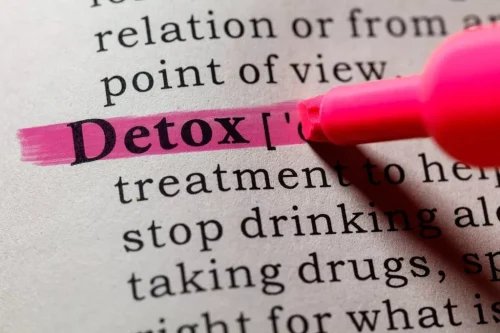Alcohol Withdrawal: How to Get Through It

Withdrawal seizures are most typically experienced 24 to 48 hours after the last drink. It’s best to be in a calm and controlled environment to reduce the risk of symptoms progressing toward hallucinations. AWS can evolve in a few hours or a Cure for Alcohol Withdrawal Symptoms few days but often develops between 6 to 24 hours after your last drink. When you stop drinking, after doing so heavily for a long time, the depressant on your central nervous system stops, causing your nervous system to become overexcited.
Stage 2: 12 to 24 hours after last drink
The only way to prevent delirium tremens is to stop, or dramatically reduce, your alcohol intake. Heavy drinking is usually considered consuming four or more drinks in one day or eight in a week for women and people assigned female at birth (AFAB). For men and those AMAB, heavy drinking is five or more drinks in a day and 15 during a week.
Delirium Tremens: What Does It Mean?

This depends on the individual and the results of laboratory tests that their doctor may order. In general, blood work will test serum magnesium, and replacements will occur if indicated. Vitamins such as thiamine and folic acid will need to be supplemented. The person should also try to eat three well-balanced meals per day and drink enough water to remain hydrated.
What Is Alcohol Withdrawal Syndrome?
- Generally, you may need treatment for alcohol misuse when you can no longer control the amount you drink or how long you drink.
- In a heavy, long-term drinker, the brain is almost continually exposed to the depressant effect of alcohol.
- They may also do a blood test called a toxicology screen to measure the amount of alcohol in a person’s system.
These happen in a very small number of people during withdrawal. You may hear things that seem very real to you, but they aren’t there. Even less often, people see, feel, smell, or even taste things that aren’t real.

Research shows that only a small portion of people with AWS require medical treatment. Once you stop drinking, though, the sudden change may come as a shock to your brain, https://ecosoberhouse.com/ which altered some of its chemistry to make up for the alcohol’s presence. Delirium tremens (DT) is the most severe form of AWS and occurs in 5% of people with AWS.
What is considered 1 drink?
If you’re receiving inpatient treatment, your doctor may perform toxicology screens more than once to monitor your alcohol levels. Alcohol withdrawal is widespread among people with alcohol use disorders who decide to stop drinking or reduce their intake. This is sometimes referred to as protracted or post-acute alcohol withdrawal (PAW), though it’s not recognized in DSM-5.
- Throughout your withdrawal of alcohol, clinicians will continue to use the CIWA-Ar to monitor your signs and symptoms and determine if your alcohol withdrawal is worsening or getting better.
- Because of this, it’s best to talk to your doctor before stopping alcohol use.
- We publish material that is researched, cited, edited and reviewed by licensed medical professionals.
- In the United States, most states have low-cost or free rehabilitation programs for those who are uninsured.
Alcohol withdrawal (alcohol withdrawal syndrome) is a range of symptoms that can happen if you stop or significantly reduce alcohol intake after long-term use. If you are detoxing at home, anything beyond mild symptoms should trigger you to seek medical help. Delirium tremens (DTs) is a serious condition that some people struggling with alcohol withdrawal go through. It is characterized by severe nausea, seizures and hallucinations. If you begin to experience DT, you always need to get immediate medical attention, as it can be life-threatening.

